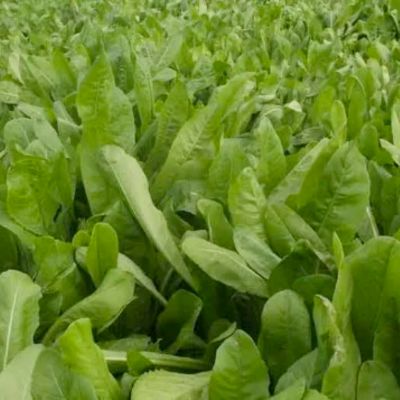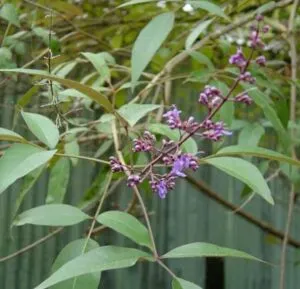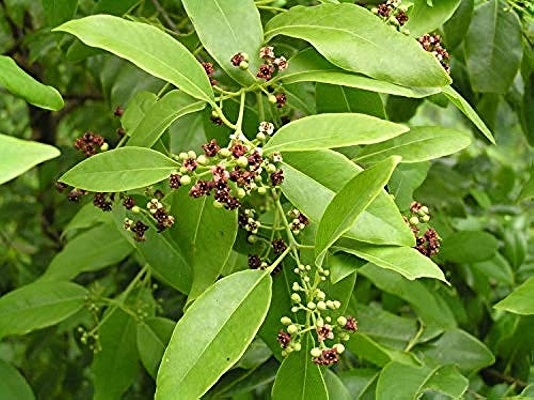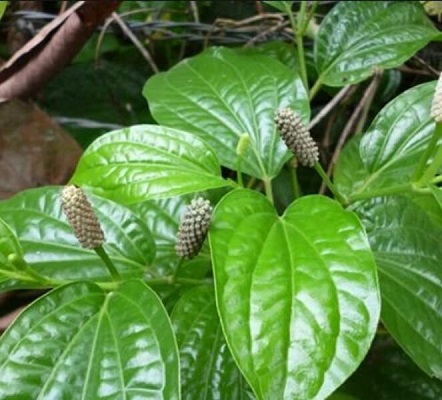On This Page
Nirgundi– Vitex negundo
Introduction
Nirgundi, commonly known as Five leaved chaste tree is one of the most widely used herb for treatment purposes. The name Nirgundi itself means that the plant can cure many diseases and protects the body. The meaning of the word Vitex is chaste tree and the species name negundo came from it’s Sanskrit name Nirgundi. The leaves of the plant are usually 5 foliate and hence the plant is commonly known as five leaved chaste tree.
Dr. Gupta’s Institute of Applied Food and Allergy mainly aims in curing allergic conditions by the usage of naturally available herbs and follows Ayurvedic system. Our experts studied on Nirgundi and found properties like Antiparasitic, vermifuge, anodyne, tonic, febrifuge, expectorant, diuretic etc. Nirgundi can be used to treat numerous diseases like Epilepsy, Cough, Fever, Worm infestations, Inflammatory conditions etc. The ethyl acetate extract of Nirgundi have antifilarial effects. The leaves of the plant can be successfully administered in treating Filariasis. Our experts have successfully proven the hepatoprotective action of leaves of Nirgundi as it contains ethanolic extracts.
Action of Nirgundi – Vitex negundo in Allergies
IAFA experts have successfully proven the anti-inflammatory and antiallergic property of the plant Nirgundi . The plant contains phytoconstituents like Vanillic acid, Luetolin, B-sitoslerol, vanillin, amino acids like glycine, alanine, valine andleucine, a-pinene, camphene, caryophyllene. These constituents aids in the antiallergic property of the plant. The decoction prepared from the leaves of the plant can be used to treat skin allergic conditions.
Vernacular Names
| Sanskrit Name | Nirgundi, Sugandhika, Suvaha |
| Hindi Name | Mewri |
| English Name | Five leaved chaste tree |
| Malayalam Name | Indrani |
| Kannada Name | Gida |
| Marathi Name | Nirgunda |
Botanical Name
Vitex negundo
Family
Verbenaceae
Morphology of Nirgundi – Vitex negundo
- Shrub of height 12 ft
- Roots are cylindrical
- Leaves are pinnately compound
- Inflorescence is dichasial cyme
- Fruits are small globose
Ayurveda reference of Nirgundi – Vitex negundo

Geographical distribution of Nirgundi – Vitex negundo
It is found all over India.
Phytoconstituents of Nirgundi – Vitex negundo
The plant contains phytoconstituents like Vanillic acid, Luetolin, B-sitoslerol, vanillin, amino acids like glycine, alanine, valine andleucine, a-pinene, camphene, caryophyllene.
Parts used of Nirgundi – Vitex negundo
- Leaves of the plant
- Root
Dosage of Nirgundi – Vitex negundo
- Juice (Swarasa) – 10-20 ml
- Decoction ( kwatha) – 50-100 ml
- Paste (Kalka) – 1-3 g
Medicinal Properties of Nirgundi – Vitex negundo
- Sothahara-alleviates inflammation
- Twakrogahara – relieves diseases of skin
- Jwarahara – relieves fever
- Varnya – promote skin complexion
- Krimighna-alleviates worm diseases
- Kushtaghna- relieves infectious skin diseases
- Kandughna-relieves itching

Have A Health Issue?
Consult Online
- Dr. Sahil Gupta (B.A.M.S., M.H.A.)
Ayurvedic Allergy Specialist
CEO & Founder of IAFA®
Home remedies of Nirgundi – Vitex negundo
Ayurveda is an ancient system of medicine popular in India. The treatment system adopted by Ayurveda is purely based on naturally available herbs. Nirgundi is one of the most widely used herb. Due to its high medicinal value it is used in treating many diseases like,
- In Epilepsy (Apasmara) – Powder of Nirgundi root is taken internally in case of Epilepsy.
- In Cough (Kasa)- Ghee processed with juice extracts of leaves of Nirgundi is effective in case of Cough.
- In Osteoarthritis (Sandhivata) – The root of Nirgundi collected and powdered . It is then taken along with oil.
- In Lumbago (Kativata)- The root powder of Nirgundi is taken along with oil to cure Lumbago
- In Trembling (Kampavata) – Root powder of the plant is taken along with any oil.
- In Inflammation (Sotha) –Paste prepared from leaves of Nirgundi is applied on the skin part .
- In Diabetic condition (Prameha) – Decoction of Nirgundi and Gooseberry taken internally at a dose of 60ml per day.
- In Fever (Jwara)–Leaves of Nirgundi is taken, crushed and made into a decoction. It is taken to cure fever.
Ayurveda is an Indian system of medicine which is popular from ancient times itself. Dr.Gupta’s IAFA have been conducting many research studies to find out different phytoconstituents of herbs and their action in body. IAFA is the provider of safe and effective treatment for a wide range of diseases, mainly allergic diseases all purely based on Ayurveda.
Reach IAFA for safe herbal remedies for all your ailments!!!
Was this Page Helpful?
Read More Articles
-

Kasini (Cichorium intybus)
Kasini (Cichorium intybus) commonly known as Chicory is a perennial herb, with large…
-
-









